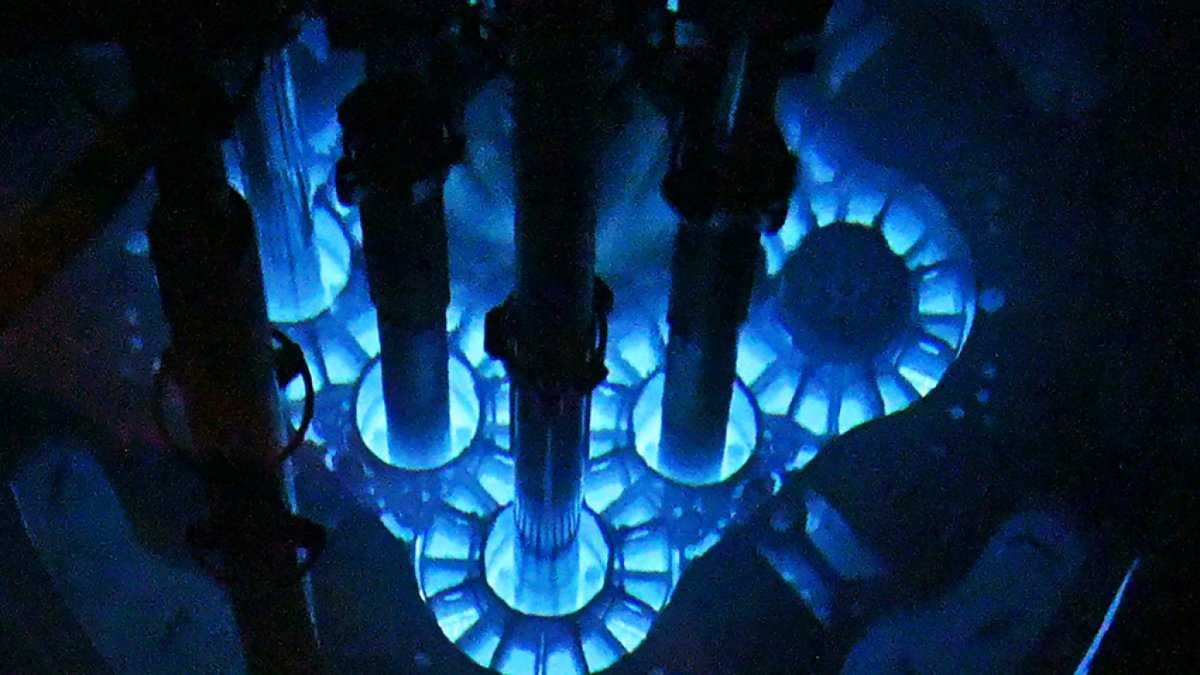Science
How to Like Someone? Let Your Imagination Do the Work
24 December 2025

Can a nuclear reactor fit on the back of a truck? It can, and it doesn't need extensive infrastructure to operate. Small nuclear reactors are about to undergo testing in the United States. Their purpose isn't to power large cities, but to produce and deliver reliable energy to places it has never reached before.
Can a nuclear reactor fit on a semi-trailer? Yes, it can, and it doesn’t even need extensive infrastructure to operate. The United States is about to test small nuclear reactors. Their purpose isn’t to power large cities, but to produce and deliver reliable energy to places it has never reached before.
To facilitate this, the Idaho National Laboratory built a special testing center called DOME (Demonstration of Microreactor Experiment). In fact, that’s where trials of two new-generation reactors will begin in 2026: eVinci from Westinghouse and Kaleidos from Radiant.
You might like to read: Elon Musk’s Dark Internet Side: Are Starlink Satellites in the Sky Destroying Our Ozone Layer?
The eVinci generates just 5 megawatts, and the Kaleidos generates 1.2 megawatts. This energy is enough to power hundreds of homes. For comparison, the average American household uses about 0.03 megawatts per day. Simple math shows that these small nuclear reactors have enormous potential on a small scale. The U.S. Department of Energy (DOE) clearly states that they aren’t meant to compete with large power plants.
“Microreactors are designed to meet domestic demand for more affordable and reliable energy,” reads the DOE’s press release.
This compact size and the ability to be quickly installed and moved make microreactors ideal for crisis situations. All it takes is a truck or a plane for a unit to be ready to operate.
“Small nuclear reactors will play a significant role in increasing the use of nuclear energy in the United States. Therefore, the DOME experiments will test new designs that can provide reliable power for homes, military bases, and critical infrastructure,” emphasizes Mike Goff, acting Deputy Assistant Secretary for Nuclear Energy at the DOE.
This marks a change in philosophy. It’s not about centralization, but about decentralization and resilience. In a world where power grids are vulnerable to cyberattacks, hurricanes, and failures, the ability to deploy an independent energy source in a matter of hours is priceless.
“This is not a technology of the future. It’s happening now,” a Radiant representative states, quoting the DOE’s press release.
The first tests using nuclear fuel are set to begin in the spring of 2026 and will last for about six months. The goal is to check how microreactors handle difficult conditions, unpredictable demand, and locations far from the grid.
If everything goes according to plan, we could witness the widespread adoption of this technology within a few years—from Alaska to the plains of Arizona.
These unassuming yet powerful small nuclear reactors have the potential to redefine what a reliable energy source is. Ultimately, it all starts with two trailer-sized units in the heart of Idaho.
Read the original article: Rewolucja zaczyna się w Idaho. Tym reaktorom wystarczy ciężarówka